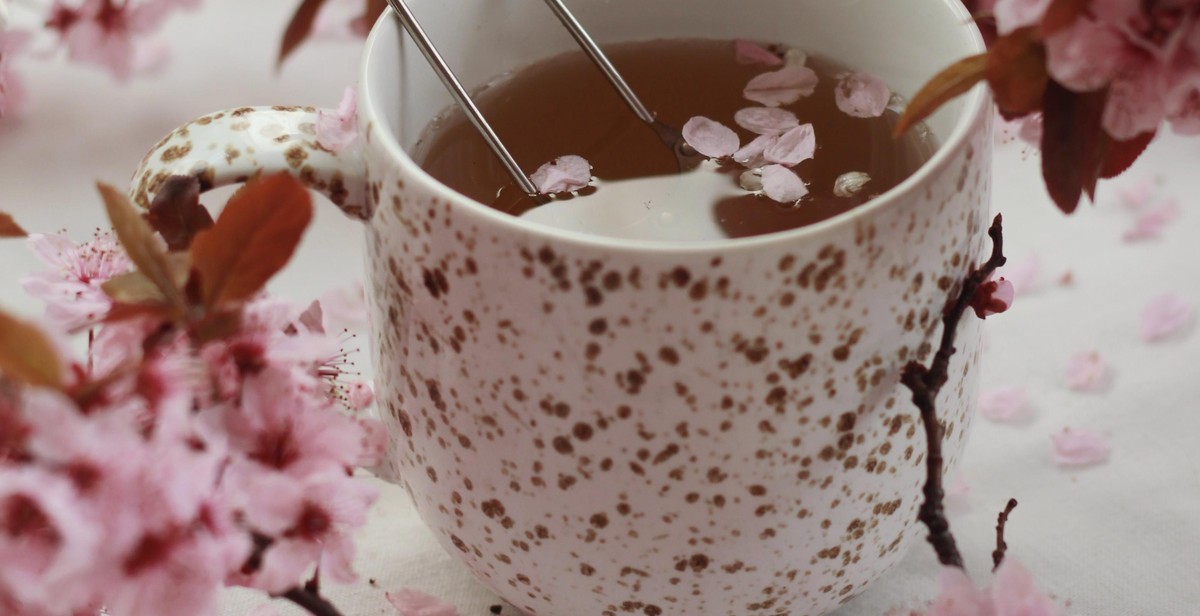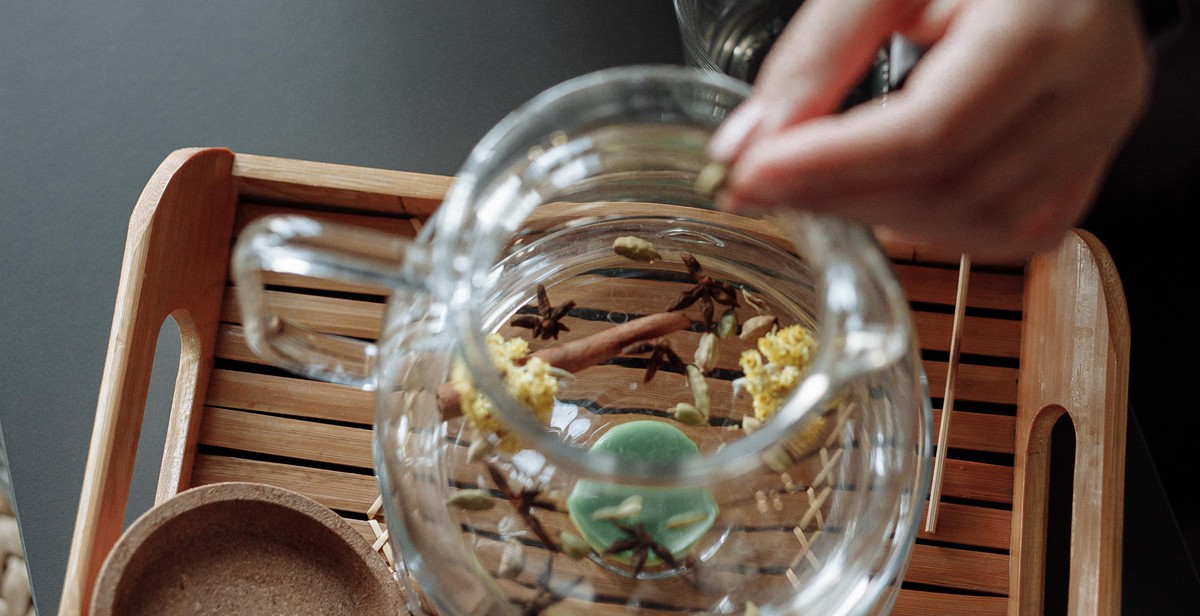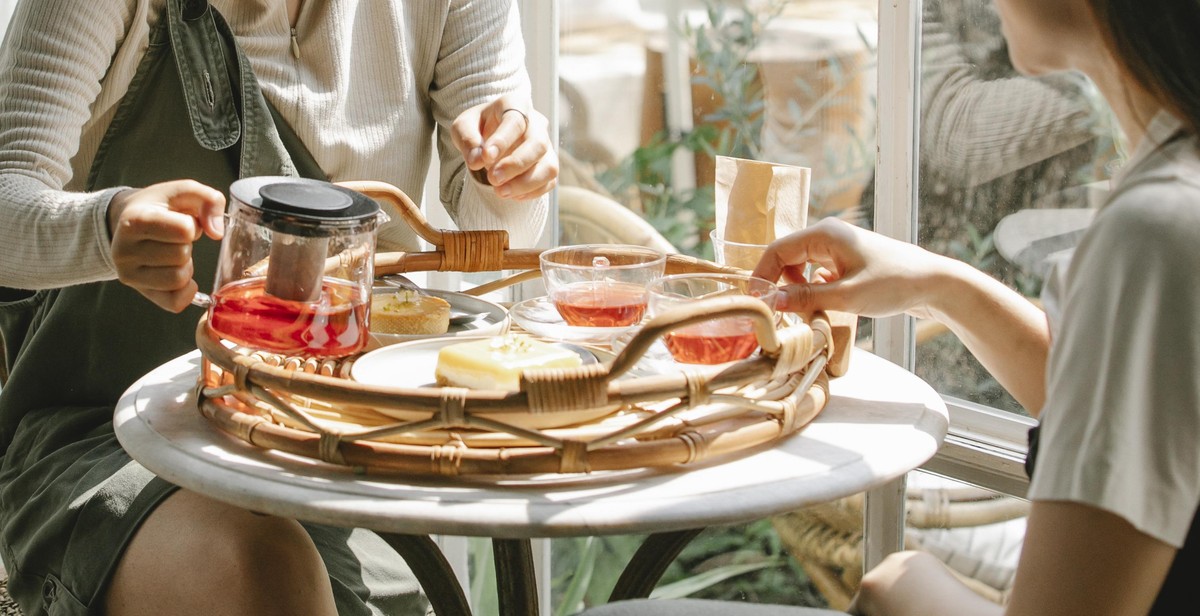How to Brew the Perfect Cup of Herbal Infusion Tea
Herbal infusion tea is a popular and healthy beverage that is enjoyed by people all over the world. Unlike traditional tea, which is made from the leaves of the Camellia sinensis plant, herbal infusion tea is made by steeping various herbs, flowers, and spices in hot water. This results in a delicious and fragrant beverage that is packed with antioxidants and other beneficial compounds.
What is Herbal Infusion Tea?
Herbal infusion tea, also known as herbal tea or tisane, is a beverage made by steeping various plant materials in hot water. These plant materials can include leaves, flowers, roots, and bark, as well as spices and other flavorings. Unlike traditional tea, which contains caffeine, herbal infusion tea is caffeine-free, making it a great alternative for those who are sensitive to caffeine or who want to avoid it altogether.
Herbal infusion tea is also known for its various health benefits. Different herbs and spices can have different effects on the body, and many are believed to have medicinal properties. For example, chamomile tea is known for its calming effects, while ginger tea is said to aid digestion and boost the immune system.
Whether you are a seasoned tea drinker or just starting to explore the world of herbal infusion tea, learning how to brew the perfect cup is essential for getting the most out of your tea experience. In the following sections, we will guide you through the process of brewing the perfect cup of herbal infusion tea.

Choosing the Right Herbs
When it comes to brewing the perfect cup of herbal infusion tea, choosing the right herbs is crucial. Here are some key factors to consider:
Understanding the Flavor Profile of Different Herbs
Each herb has its own unique flavor profile, which can range from sweet and floral to bitter and earthy. Understanding the flavor profile of different herbs can help you create a well-balanced and delicious cup of tea.
For example, chamomile has a sweet and floral flavor, while peppermint has a refreshing and minty taste. On the other hand, dandelion root has a bitter and earthy flavor, while ginger has a spicy and warming taste.
Quality of Herbs
The quality of herbs you use can greatly impact the taste and health benefits of your tea. It’s important to choose high-quality, organic herbs that are free from pesticides and other harmful chemicals.
When selecting herbs, look for vibrant colors and strong aromas, which are indicators of freshness and potency. Avoid herbs that appear dull or have a stale smell.
Mixing Herbs for Unique Flavor Combinations
One of the great things about brewing herbal infusion tea is the ability to mix different herbs for unique flavor combinations. However, it’s important to choose herbs that complement each other and create a well-balanced taste.
For example, you can mix chamomile and lavender for a relaxing and soothing tea, or combine ginger and lemon for a zesty and invigorating blend. Experiment with different herb combinations to find your perfect cup of tea.
| Herbs | Flavor Profile | Combinations |
|---|---|---|
| Chamomile | Sweet and Floral | Chamomile and Lavender |
| Peppermint | Refreshing and Minty | Peppermint and Lemon Balm |
| Dandelion Root | Bitter and Earthy | Dandelion Root and Ginger |
By understanding the flavor profile of different herbs, choosing high-quality herbs, and mixing herbs for unique flavor combinations, you can create the perfect cup of herbal infusion tea that’s both delicious and beneficial for your health.

Preparing the Herbs
Before brewing your herbal infusion tea, it’s important to properly prepare your herbs. This includes drying, crushing, and measuring them accurately to ensure a perfect cup every time.
Drying the Herbs
The first step in preparing your herbs is to dry them. This can be done by hanging them in a cool, dry place for several days until they are completely dry. Alternatively, you can use a dehydrator or oven to speed up the process.
It’s important to ensure that your herbs are completely dry before using them in your tea, as any moisture can cause them to spoil and affect the flavor of your infusion.
Crushing the Herbs
Once your herbs are dry, you can crush them to release their flavors and aromas. This can be done using a mortar and pestle, a rolling pin, or a coffee grinder.
It’s important to crush your herbs just before using them in your tea, as this will help to preserve their flavor and aroma. If you crush them too far in advance, they may lose some of their potency.
Measuring the Herbs
Accurately measuring your herbs is crucial to achieving the perfect cup of herbal infusion tea. The amount of herbs you use will depend on the type of herb and your personal taste preferences.
A general rule of thumb is to use 1-2 teaspoons of dried herbs per cup of water. However, it’s important to note that some herbs are stronger than others, so you may need to adjust the amount accordingly.
You can also experiment with different herb combinations to create your own unique blends. Just be sure to measure out each herb accurately to ensure a balanced flavor.
| Herb | Amount |
|---|---|
| Chamomile | 1-2 teaspoons |
| Mint | 1-2 teaspoons |
| Lavender | 1-2 teaspoons |
| Ginger | 1-2 teaspoons |
| Echinacea | 1-2 teaspoons |
By following these steps to properly prepare your herbs, you can ensure a perfect cup of herbal infusion tea every time.

Brewing the Tea
Now that you have selected your herbs and tea, it’s time to brew the perfect cup of herbal infusion tea. Here are some important factors to consider:
Selecting the Right Water Temperature
The water temperature you use to brew your tea is crucial to achieving the perfect cup. Different herbs and teas require different water temperatures to extract the optimal flavor and nutrients. Here are some general guidelines:
| Water Temperature | Herbs/Tea |
|---|---|
| 160-170°F | Green Tea, White Tea, Light Oolong Tea |
| 180-190°F | Dark Oolong Tea, Black Tea, Herbal Tea |
| 200-212°F | Yerba Mate, Rooibos, Honeybush |
It’s important to note that using water that is too hot can result in a bitter or burnt taste, while using water that is too cold can result in a weak, flavorless cup.
Steeping Time
The amount of time you steep your tea is also important to achieving the perfect cup. Steeping for too long can result in a bitter taste, while not steeping long enough can result in a weak flavor. Here are some general guidelines:
- Green Tea: 1-3 minutes
- White Tea: 2-4 minutes
- Oolong Tea: 3-5 minutes
- Black Tea: 3-5 minutes
- Herbal Tea: 5-7 minutes
It’s important to note that these are general guidelines and you may need to adjust the steeping time based on the specific herbs and tea you are using.
Teapot or Infuser?
When brewing herbal infusion tea, you have the option of using a teapot or an infuser. Both methods have their advantages and disadvantages.
A teapot allows the herbs and tea to fully expand and release their flavor, resulting in a more flavorful cup. However, it can be difficult to control the steeping time and temperature.
An infuser allows for more control over the steeping time and temperature, but may not allow the herbs and tea to fully expand, resulting in a weaker flavor.
Ultimately, the choice between a teapot and infuser comes down to personal preference and the specific herbs and tea you are using.

Serving and Storing
Once you have brewed the perfect cup of herbal infusion tea, you may want to add some sweeteners or milk to enhance the flavor. However, it is important to note that adding sweeteners or milk can alter the taste of your tea. Some herbal teas, such as chamomile or peppermint, are best enjoyed without any additional ingredients.
Adding Sweeteners or Milk
If you prefer your tea sweetened, consider using natural sweeteners like honey or agave instead of refined sugar. You can also add a splash of milk or cream to your tea to give it a creamier texture. However, it is important to note that adding milk to certain herbal teas may curdle the milk and affect the taste of the tea. If you are unsure about adding sweeteners or milk to your herbal tea, it is best to try it plain first and then experiment with different ingredients.
Storing the Tea for Later Use
If you have brewed more tea than you can drink in one sitting, you can store it for later use. It is important to store your tea properly to maintain its flavor and freshness. Here are some tips for storing your herbal infusion tea:
- Store the tea in an airtight container to prevent it from absorbing any odors or moisture.
- Keep the container in a cool, dry place away from direct sunlight.
- Avoid storing the tea in the refrigerator as it can absorb odors from other foods.
- If you plan to store the tea for an extended period of time, consider freezing it in ice cube trays and then transferring the cubes to a freezer-safe container. This will help to preserve the flavor and freshness of the tea.
By following these tips, you can enjoy your perfect cup of herbal infusion tea anytime, anywhere.
